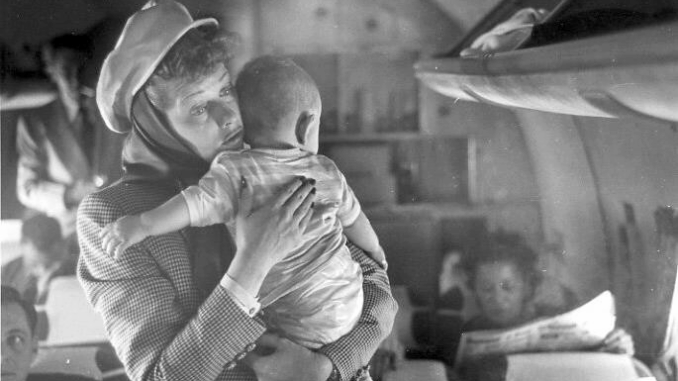
Since it first aired in 1951, I Love Lucy has not only entertained millions but also fundamentally shaped the landscape of television comedy. Its pioneering techniques, memorable characters, and relatable storytelling have left an indelible mark on sitcoms that followed, influencing generations of writers, actors, and producers. Today, I Love Lucy remains a blueprint for modern sitcom success, inspiring beloved shows across decades.
Pioneering Production Techniques
One of the most significant contributions of I Love Lucy was its groundbreaking use of the multi-camera setup filmed in front of a live studio audience. Before this innovation, sitcoms were typically broadcast live or filmed with a single camera, limiting their visual style and comedic timing.
By filming with multiple cameras simultaneously, I Love Lucy captured performances from various angles, enhancing the energy and spontaneity of the scenes. This approach allowed for tighter editing and a more dynamic viewing experience, techniques that have become standard in sitcom production today. Shows like Friends, The Big Bang Theory, and The Office owe much of their visual style to this early innovation.
Relatable Characters and Situations
The characters in I Love Lucy—especially Lucy Ricardo herself—set the standard for sitcom protagonists. Lucy’s mischievous spirit, determination, and humor resonated with viewers, making her one of the first female leads in comedy who was both flawed and endearing.
This template of a strong, quirky female lead who often finds herself in ridiculous but relatable situations has echoed in countless shows since, from Murphy Brown to 30 Rock and Parks and Recreation. The focus on family life, friendship, and everyday struggles made the show relatable and set a tone for sitcoms to blend humor with heart.
Breaking Social Barriers
I Love Lucy was ahead of its time in several ways. The show portrayed an interracial marriage between Lucy and Ricky Ricardo, which was groundbreaking for early 1950s television. This subtle but powerful representation helped pave the way for more diverse casting and storytelling in sitcoms that followed.
Moreover, Lucille Ball’s role as a female producer and studio executive broke gender barriers in the television industry, inspiring women behind the scenes as well as in front of the camera.
Influence on Modern Sitcom Storytelling
The structure and pacing of I Love Lucy episodes—short, punchy, and packed with comedic setups and payoffs—have become a sitcom staple. Writers have adopted the show’s knack for balancing physical comedy with sharp dialogue, creating moments that are both hilarious and emotionally resonant.
Shows like Modern Family, The Simpsons, and Brooklyn Nine-Nine reflect this balance, mixing humor with character-driven stories that audiences can connect with on a personal level.
Legacy That Lives On
Over 70 years since it first aired, I Love Lucy continues to entertain new generations through reruns and streaming services. Its influence is evident in the DNA of virtually every sitcom that followed, proving that Lucille Ball’s pioneering work was not just a moment in time but a lasting foundation for television comedy.
Conclusion
The enduring influence of I Love Lucy is a testament to its innovative spirit, timeless humor, and groundbreaking representation. From pioneering production techniques to shaping character archetypes and storytelling methods, the show’s legacy remains deeply embedded in the fabric of modern television sitcoms.
As audiences continue to laugh along with Lucy’s antics, the series stands as a beacon of creativity and progress, inspiring future generations of entertainers and storytellers.
